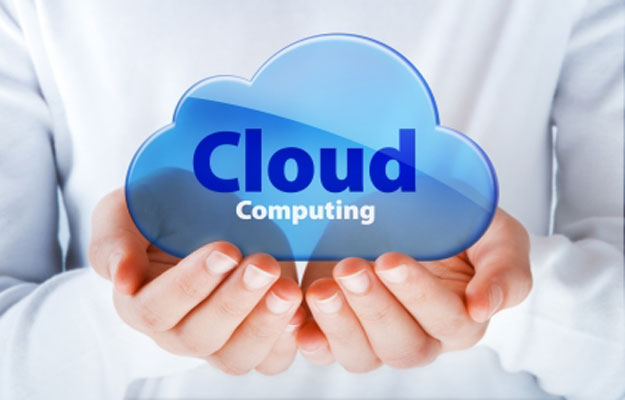Many of us don’t back up our computers that are filled with important files because just simply, we’re too busy, don’t know how, or just don’t care enough to do it. Then out of the blue, the inevitable happens. Whether it’s a hard drive malfunction, virus, theft, fire, flood, or damaging power surge, your files that include your documents, photos, and irreplaceable work documents are wiped out in a flash before your eyes. Power surges are one of the most common reasons for this. In order to prevent power surges, electricians can be contacted to install surge protection. This should prevent high voltages in the home. If you’d like to learn more, you could contact Safe and Sound Electric to get this information from a surge protection expert. Hopefully, that will convince more homeowners to take these sorts of precautions. We are here to tell you that it doesn’t matter how you back up your files, as long as you do something and fairly often – we would suggest once a week for avid users and once a month for casual users. You never know when you can lose EVERYTHING! Be cautious with your work because let’s face it, you wouldn’t want to re-do hours, days, months, even years of work all over again would you?
Here are a few different ways to back up your files:
Get an external hard drive
An external hard drive plugs directly into your computer’s USB port. It lets you drag and drop files over for safe-keeping. Hard drives typically start at 1 terabyte (TB) of storage, which is more than a thousand gigabytes (GB). You should use hard drive for backing up as it’s the most efficient way of saving your files. You can get a hard drive at most office supplies retailers, such as office monster, who have a large variety which you can choose from. If you use your computer for work purposes, you’re likely to need a drive with a large memory space so that you have enough room for all of your documents. You can also make a duplicate or triplicate on additional drives – just in case one drive fails in the future, especially if you have precious photos and videos. We also recommend you keep them in different places, in the event of a flood or fire, your back-up could be destroyed along with the original.
USB Flash Drive, SD cards
Another less expensive route to go other than a hard drive is a USB flash drive, which is smaller in storage. Many people use a flash drive mainly for quickly transferring files from computer to computer.
The Cloud
The cloud is an increasingly popular option, so it comes as no surprise that the use of active directory reporting, for example, may become popular amongst businesses, to assist with monitoring how apps and services work within their company. This one is an online-based service such as OneDrive, iCloud, Google Drive, Dropbox and Sharepoint to name a few of the most popular ones o example. A cloud backup means that your files are stored offsite, protecting it from local threats. With cloud services, you can access all of your backed-up documents and media from any internet-connected computer, tablet or smartphone in the world. Let’s just say, as long as you can get online, you can access your documents and media files from anywhere on any device.
Businesses can also find using cloud services handy in conjunction with other software. Many exist that are similar to FilecenterDMS.com that allow you to scan and upload PDFs of physical documents and access them anywhere in the system. If you have remote workers or are a business that relies on frequent travelling, this can be very useful
Cloud computing can also reduce congestion in someone’s inbox. Instead of sending multiple files via email, you can simply store them in the cloud and send a link to the recipients to download your files. It’s convenient and easy for both parties.
Learn more about the cloud by clicking here.
These are just a few ways to back up your files. We would recommend using the Cloud. If the term scares you and you don’t know where to start or how to get started, we here at TH2tech can help you set it up and walk you through the process. It’s so easy, you’ll be amazed that you don’t already have it.
Please call 949-235-8743 or fill out a form to get in touch with us. We offer a FREE 2-hour network evaluation.

